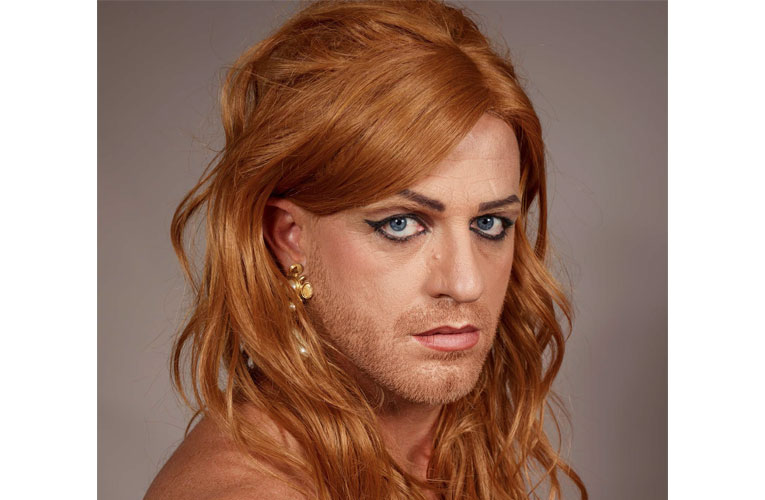Pieter Hugo’s current exhibition Polyphonic a powerful portraiture of the complexity and diversity of human experiences and existences
Polyphonic by Pieter Hugo, his first exhibition in Stevenson gallery’s Parktown North, Johannesburg, space, is on till February 4, 2023.
By Edward Tsumele, CITYLIFE/ARTS Editor
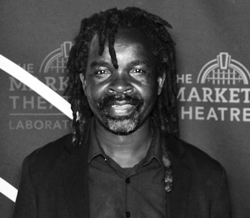
There is something about Pieter Hugo that we may all agree with and a lot that we may also differ with each other about pertaining to his huge body of photographic work. First point of contention. Some may feel that his work is shocking, may be even a bit too shocking.
But is that not exactly the purpose of art, some practice of art that goes into spaces that make one feel uncomfortable sometimes and therefore elicit varied responses from the audience? His rich archive of photographic work will always attract attention from the viewers and of courses diverse views and opinions will always prevail. We will not be able to exhaust the discourse on those issues in this essay, and therefore let us park it there for the purpose of this article.
Secondly, the point where there is convergence of views. One thing we will all perhaps agree on with each other about his work is the fact that the photographer has a way with his subjectivities that allows him to get images of them that are quite intimate.
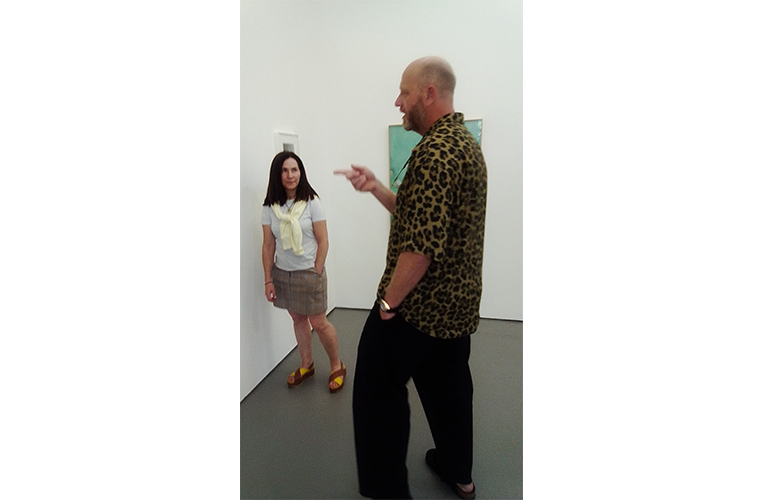
Through his trained camera Hugo in an intricate and technical superior fashion always manages to position his subjects as willing participants in an exercise and photographic practice that puts them in a position of extreme vulnerability. But one thing for sure is that these subjectivities are willing participants in the process and it shows in the manner in which the portraits draw you into that position of vulnerability in which the subjects themselves are happy and comfortable to be in.
Though they are in an extremely vulnerable position, you will never detect a feeling of discomfort, a sense that they are tense for example. It takes some serious negotiation and deep level trust between the photographer and the subjects of the portraits to achieve this. This is where Hugo is miles ahead of his colleagues.
I asked him this question at the opening of his exhibition at Stevenson Gallery in Johannesburg on Saturday, 3 December 2022, and the photographer laughed it off. He almost brushed the question aside as If it is something that is simply easy to achieve. But it is not, as many photographers will tell you.
“Well I intimidate them into submission.” He laughed.
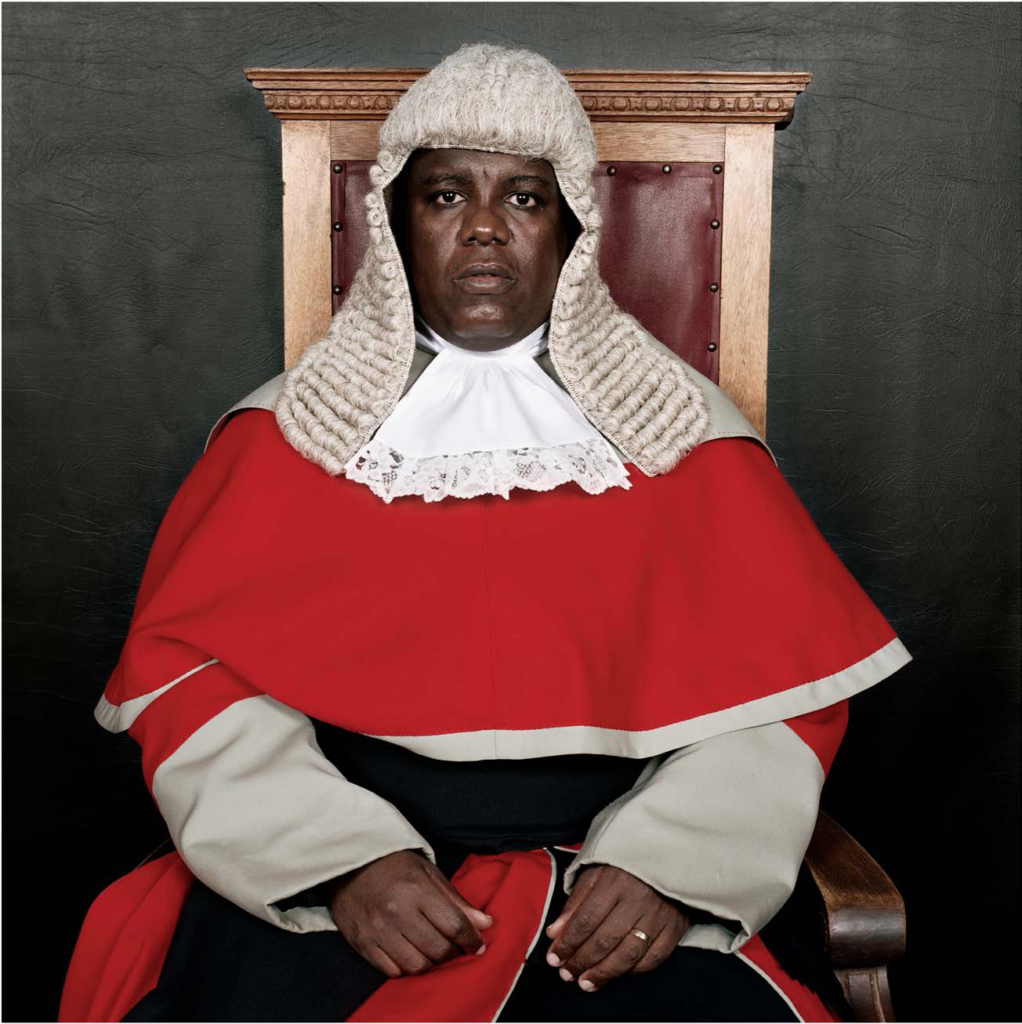
There is a picture of a judge from Botswana, well captured by the legendary cameraman and artist, complete in his robes and seemingly in his champers. Now the legal professional is a very conservative one, and its judges are the extreme category of conservatives in this profession. Yet Hugo in this case managed to achieve what is generally regarded as an impossibility, and that is getting a judge to pose, complete in his judiciary regalia. “This one was quite tricky and I had to play a few tricks, including befriending his daughter in order to gain access to him, among other tricks I employed,” he says as a matter of-fact. That takes an experienced photographer to achieve such a photographic feat.
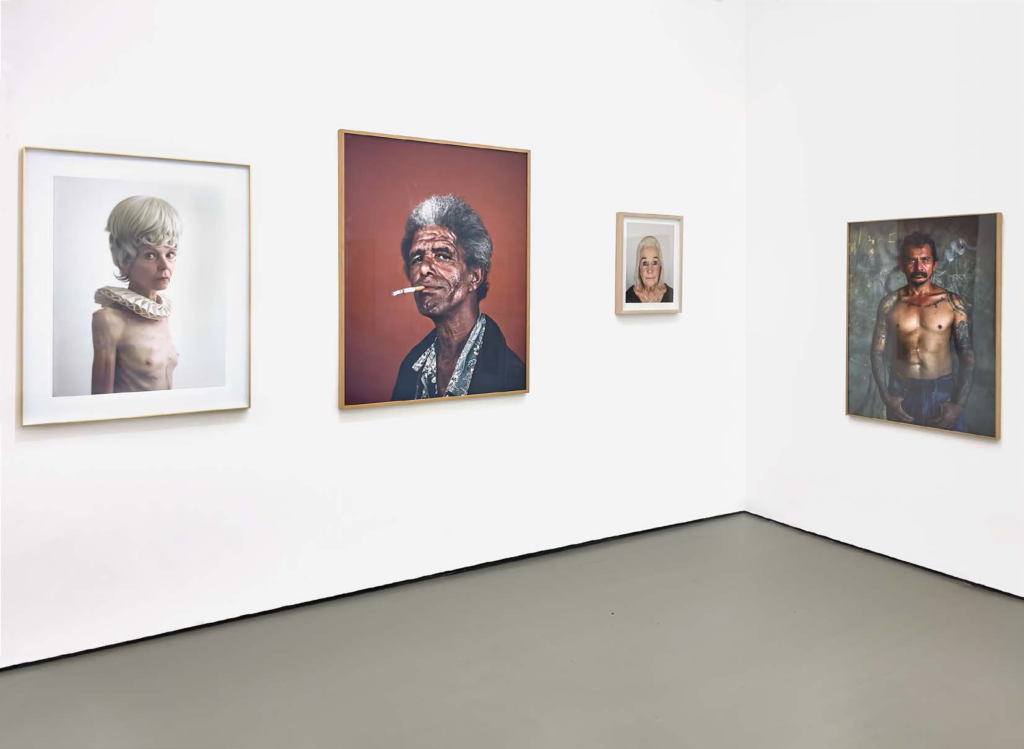
The portraits in this exhibition are varied in subject matter and the backgrounds of the subjects. You will be able to view portraits of ordinary people in their ordinary circumstances, and of course some images showing people in very extraordinary circumstances in different parts of the world, from Mexico to South Africa’s rural hinterland.
You will encounter President Cyril Ramaphosa and Paul Kagame, of Rwanda for example among the not so ordinary people. These seem to have been captured in the studio and you can almost discern their moods as they posed for the camera man. But you will also be attracted to a portrait of a Gogo Jane (not her real name) whose majestically looking portrait was photographed under circumstances in which she is clearly comfortable and is a willing participant in the creation of the beautiful [portrait. And she looks really majestic and her mood is radiant.
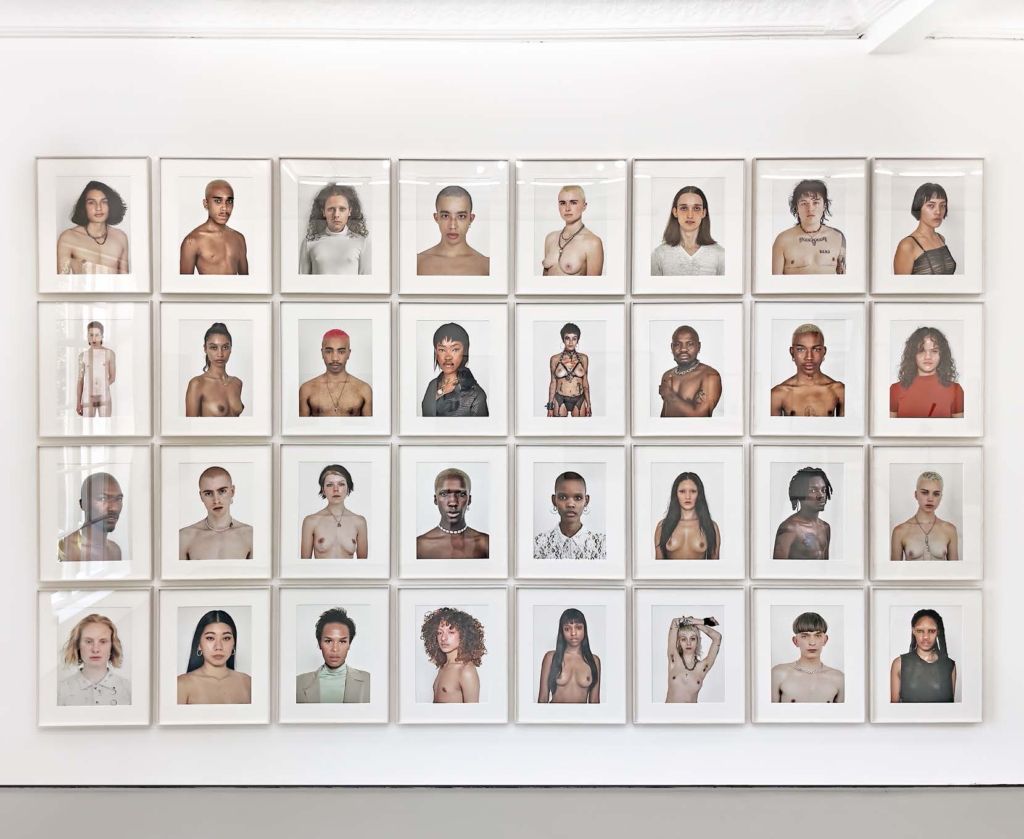
So in this exhibition you will encounter diverse characters, a number of them quite eccentric, I must add. For example half-naked men and women, exposing some parts of their bodies that generally speaking are in most cases, regarded as extremely private and belong to that sacred domain regarded as a no go area in our everyday experiences of encountering and interacting with each other in public. This may of course make some people feel rattled a bit and uncomfortable. Maybe even shocked.
“This body of work was shot over several years. It is a selection of photographs I have taken over many years in different locations and different countries. Some of the works were part of an exhibition I held in a French Museum about two years ago,” he tells me.
The point is Polyphonic by Pieter Hugo, his first exhibition in the gallery’s Parktown North space. comprising over 100 head-and-shoulder portraits taken over almost 20 years, resumes and expands the lines of inquiry forged by Hugo in Being Present, his 2021 survey exhibition at the Rencontres d’Arles photography festival.
“”There, the photographs were selected for how they ‘dabble with the lexicons of forensics, surveillance and typologies while keeping a strong humanism at their core’. Here, the artist supplements these ideas with observations on the failure of taxonomies.
As its focus, the show comprises simple, studio portraits with no environments present. Through his amassed images, taken in locales as far apart as San Francisco, Beijing and Graaff-Reinet, Polyphonic offers ways of thinking through the tensions between difference and similarity, individuation and collectivity.

Hugo’s constant engagement with the modalities of taxonomy is aimed at questioning their efficacy and exhaustiveness rather than reinforcing them; the success of such exercises resides in the fact that they are incomplete and never-ending, always being enriched and added to.
He finds resonance in the writings of Umberto Eco in The Infinity of Lists, including this passage: The list becomes a way of reshuffling the world … they accumulate properties in order to bring out new relationships between distant things, and in any case to cast doubt on those accepted by common sense. Also referencing Richard Avedon’s words on the photographic portrait as a picture of ‘someone who knows he’s being photographed’, the images in this exhibition move beyond a study of the gaze, placing emphasis on the friction between the private and the performative.
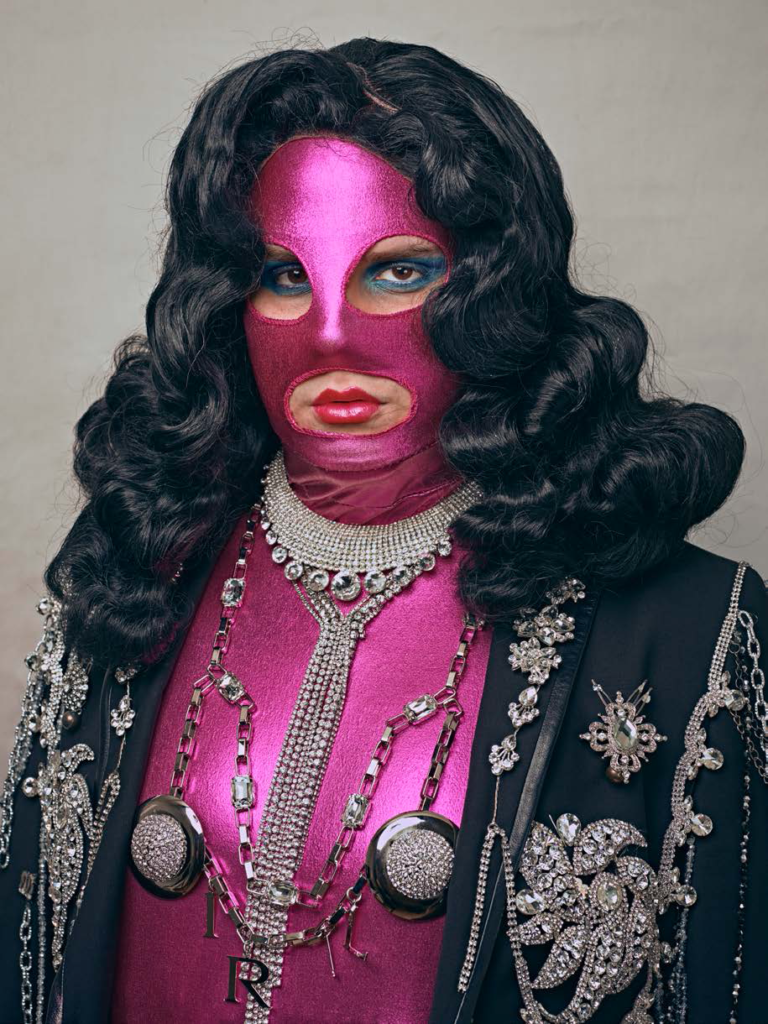
While portraits from series such as Solus and Looking Aside employ direct eye contact to explore the currency of youth and unconventional embodiments within social transactions, works from The Journey, where subjects are photographed asleep, eyes covered, put forward the charge of oblivion in an era of surveillance while offering questions on how a refusal of seeing might offset the toll of being seen,” says a curatorial note accompanying the exhibition.
There are also other sets of images, including portraits of heads of state, transgender women from Naples known as il femminielli, lawmakers, theoreticians and celebrities, in this exhibition.
The point is this, Polyphonic is quintessentially Pieter-Hugoistic, going into spaces that sometimes make us ordinary human beings feel rattled and discomforted. Yet at the same time, these are essentially spaces of our existence that are also just as ordinary and comfortable and so familiar that we feel completely reflected in them. This is an exhibition that deserves your time before it comes down on February 4, 2023. Polyphonic is a powerful portraiture of the complexity and diversity of human experiences and existences.










